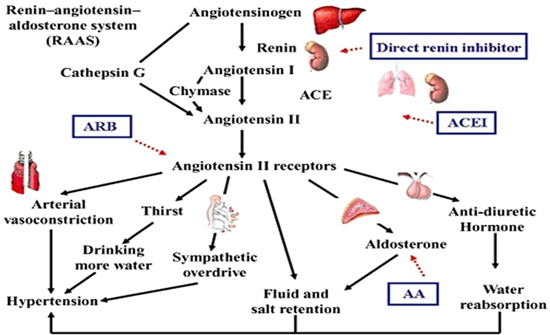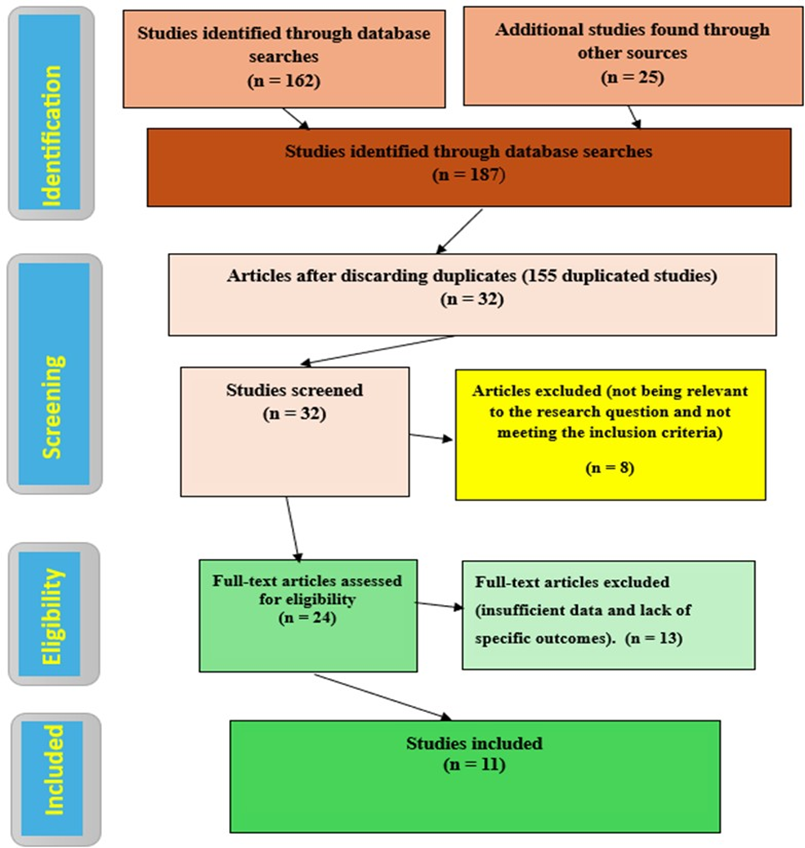A Retained Catheter Piece in an Arterio-Venous Graft
by Hadeel Zainah*1, Fadi Samaan2
1Infectious Diseases Division, Brown University, Kent Hospital, Rhode Island, USA
2Internal Medicine Department, Brown University, Rhode Island Hospital, Rohde Island, USA
*Corresponding author: Hadeel Zainah, Infectious Diseases Division, Brown University, Kent Hospital, Rhode Island, USA
Received Date: 04 November 2025
Accepted Date: 11 November 2025
Published Date: 13 November 2025
Citation: Zainah H, Samaan F (2025) A Retained Catheter Piece in an Arterio-Venous Graft. J Surg 10: 11485 https://doi.org/10.29011/2575-9760.011485
A 72-year-old male presented to the hospital with dyspnea, cough, and chest pain. He had a history of granulomatous polyangiitis leading to end-stage renal disease. He had an Arterio-Venous (AV) graft in the right arm, with an intra-graft stent placed in the past. He was afebrile initially, with a blood pressure of 138/70 mmHg, a heart rate of 98/min, and quickly required a high-flow nasal canula at 50L/min. He was found with right sided pneumonia and was treated accordingly. He later spiked a fever (38.2 °C) on day 5. Blood cultures drawn at that time grew Escherichia coli which Expressed Extended Spectrum Beta Lactamase (ESBL), antibiotics were changed to meropenem intravenously. His exam was remarkable for cardiac systolic murmur and right arm bruising on the AV graft site without tenderness (Figure 1). Echocardiogram had no vegetation. Doppler ultrasound of the AV graft showed a 1.3x2.1 cm pseudoaneurysm with thrombosis in addition to a thinappearing tubular structure suggestive of retained tubing (Figure 2). he was readmitted for pneumonia and blood cultures were negative.


Retained catheters in the vascular system are rare but can lead to complications. Catheters or guidewires could remain stuck in the veins or even migrate to remote places [1,2]. Retained catheters could have morbidity and mortality, and could even be devastating [3]. They could lead to thrombosis, infection, or vascular perforation [4]. Our patient had a retained catheter with an unclear history to such incident. He had thrombosis in the pseudoaneurysm but no migration of the catheter or pieces. Providers should be vigilant about retained catheter pieces in AV fistulas or AV grafts especially when there is a malfunction or thrombosis or even unexplained bacteremia.
Reference
- Burnett C, Chandler S, Jegatheesan D, Pearch B, Viecelli A, et al (2024) The stuck haemodialysis catheter-a case report of a rare but dreaded complication following kidney transplantation. BMC Nephrol 25:104.
- Muthe M, Joshi A, Firke V (2020) An Unusual Case of a Displaced Hemodialysis Catheter Guidewire Spontaneously Coming Out of Skull. Indian J Crit Care Med 24: 480-482.
- Bahreini M, Jalali A, Abdollahi A, Anzali BC (2019) A Devastating Complication of Central Venous Catheter Insertion. J Acute Med 9: 69-72.
- Bahreini M, Jalali A, Abdollahi A, Anzali BC (2019) A Devastating Complication of Central Venous Catheter Insertion. J Acute Med 9: 69-72.
© by the Authors & Gavin Publishers. This is an Open Access Journal Article Published Under Attribution-Share Alike CC BY-SA: Creative Commons Attribution-Share Alike 4.0 International License. Read More About Open Access Policy.